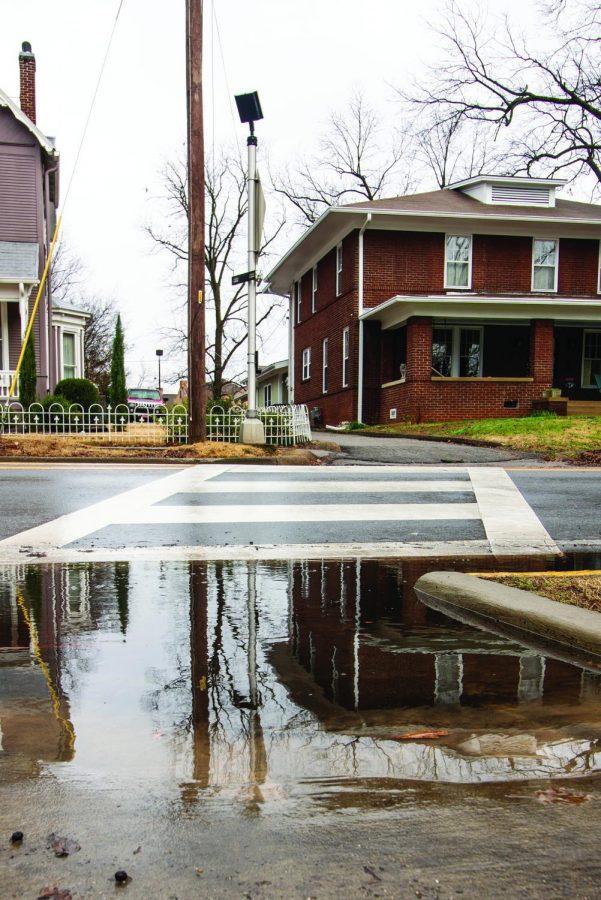Expected El Niño year to influence weather
January 16, 2019
The expected weather for the semester has several ways of affecting students. The beautiful, sunny days can evoke enthusiasm and ambitiousness, according to Student News at St. Catherine University. While the cold, bleak days can bring about gloominess.
If the weather gets bad enough, some students might be unable to attend class. For instance, snowstorms can make roads impassable or outlying areas can be snowed in. If this happens, their classroom performance and grades may suffer, according to teach-nolgy.com.
“We can have snow all the way through the first week of April,” WAFF 48 Chief Meteorologist Brad Travis said. “Typically our biggest snowfall will happen with late winter storms, which can occur in late February through March. For college students, the biggest impacts of cold weather can be having to scrape the frost off the windshield and just making sure you are bundled up while walking from class to class.”
Travis said for commuters to be aware of possible icy conditions on bridges and overpasses.
“January can be the coldest month of the year, but some years we can have a one-week reprieve from winter when temperatures are above normal,” Travis said. “So don’t be surprised with a stretch of warmer-than-normal weather at some point in the month of January. This is an El Niño year so this could happen along with above-normal rainfall.”
El Niño is characterized by above-average ocean temperatures in the equatorial Pacific off the coast of South America, according to al.com. These warmer-than-average temperatures can influence weather patterns worldwide. No El Niño is exactly the same, but generally, it can bring cooler and wetter weather to the southern part of the country, according to al.com.
In 1987, a study was conducted comparing Alabama’s severe weather to its El Niño cycles. This study found a strong correlation with strong El Niño years and the increased number of tornadoes in Alabama, according to weather.gov.
After comparing the number of tornadoes Alabama experiences in a normal year with the number of tornadoes after strong El Niño years, Alabama is said to have typically 22 tornadoes each year, according to weather.gov.
UNA has many facilities available for students during inclement weather. The university provides 36 identified shelter areas. Even if the university closes due to storms or tornadic weather, some buildings will be open to accommodate those needing shelter.
“Weather impacts my college experience because when it rains here, it pours down,” freshman Whitney Alligood said. “Most of the time it’s not going to matter if you have a rain jacket, rain boots or an umbrella, you’ll still end up getting soaking wet on the way to class. It becomes miserable if you are going to back-to-back classes and can’t go put on dry clothes, especially when it’s colder outside.”
Alligood said she wants to retire her winter sweaters and coats. She said she longs for warm, sunny days and clear skies.
“I know we will have some bad weather,” Alligood said. “But this past semester’s weather has been so inconsistent and I am tired of it. I hope that it stays at a moderate temperature as we start getting into the spring months, and for it not to be too hot in March and April.”
She said she is a firm believer that seasonal changes can affect a student’s academic success. Some days when it is raining or storming, she admits that she does not want to get up to go to class.
“So if people have this mindset of not going to class when it’s bad outside, then they might miss something important and not be able to recover,” Alligood said. “While, yes, weather can affect us, I don’t think that we should let that hinder our college experience.”


